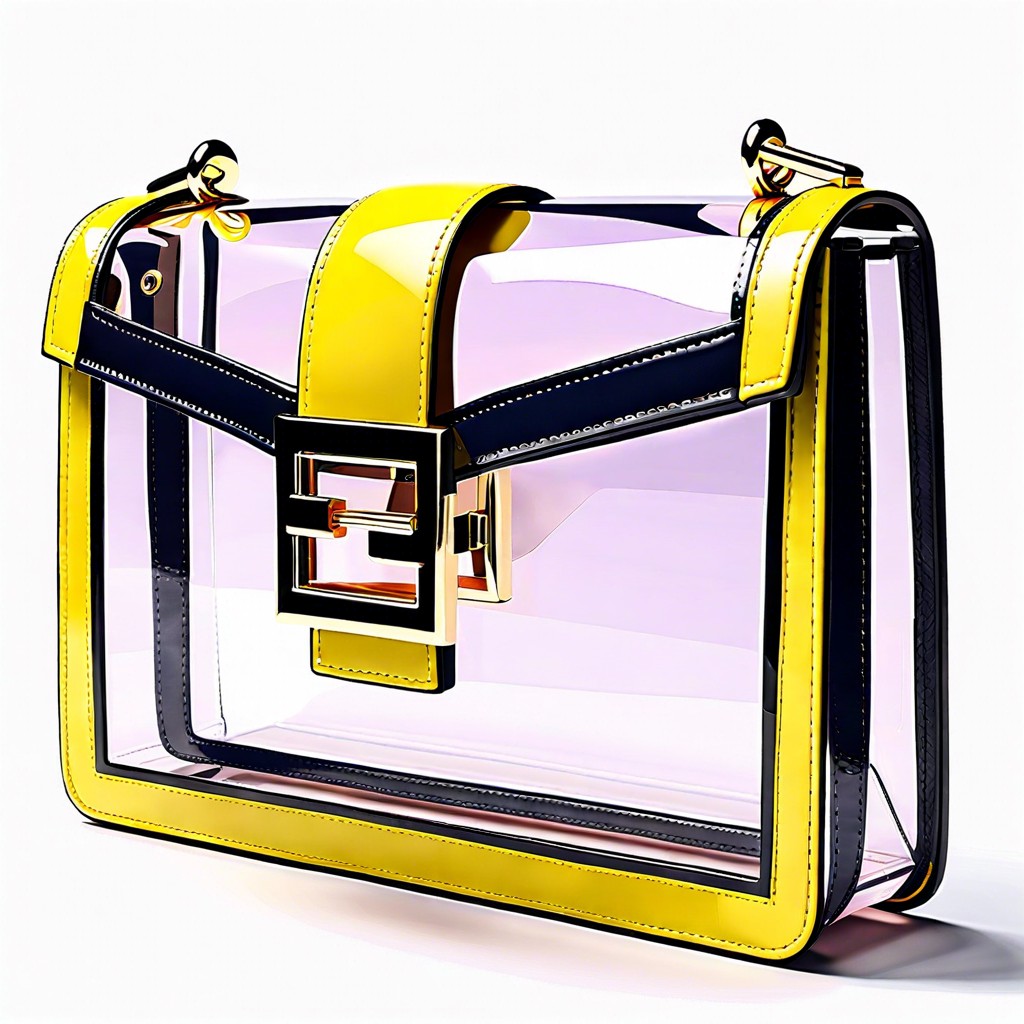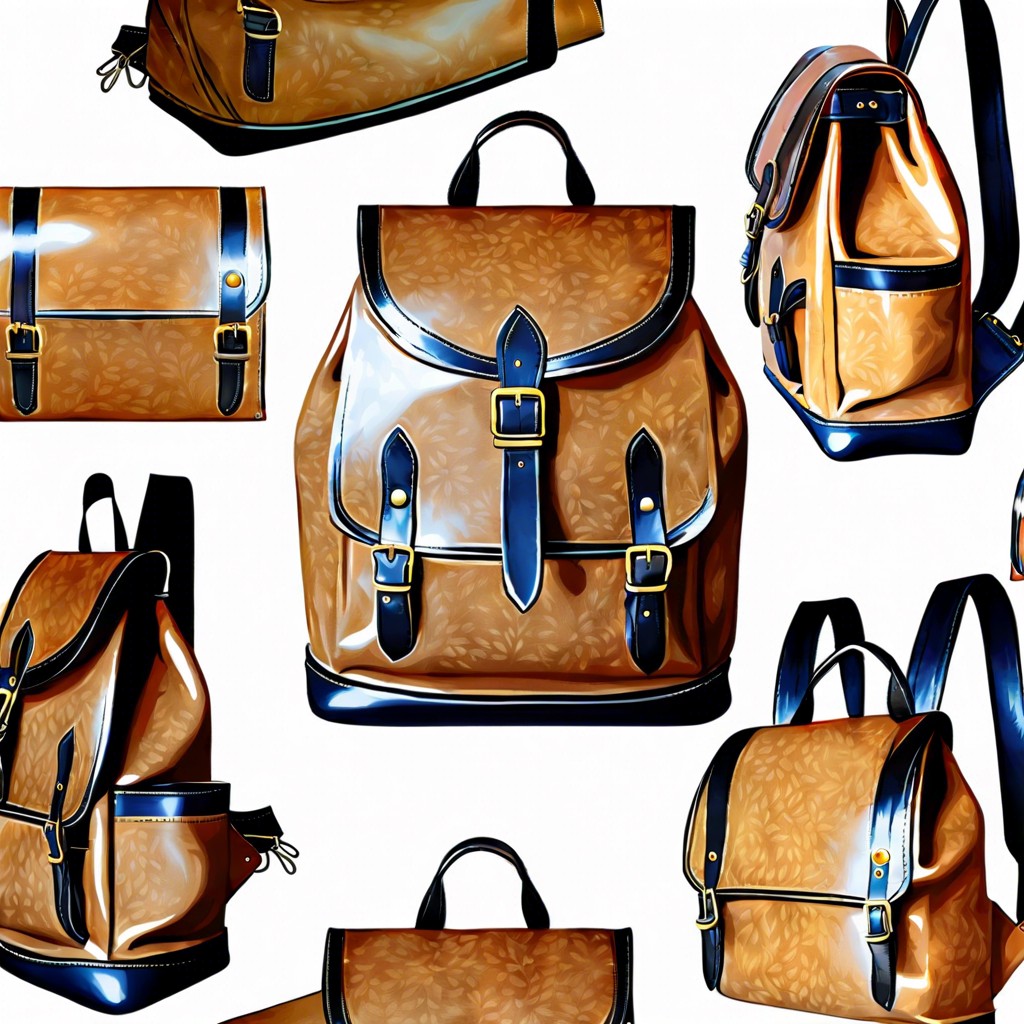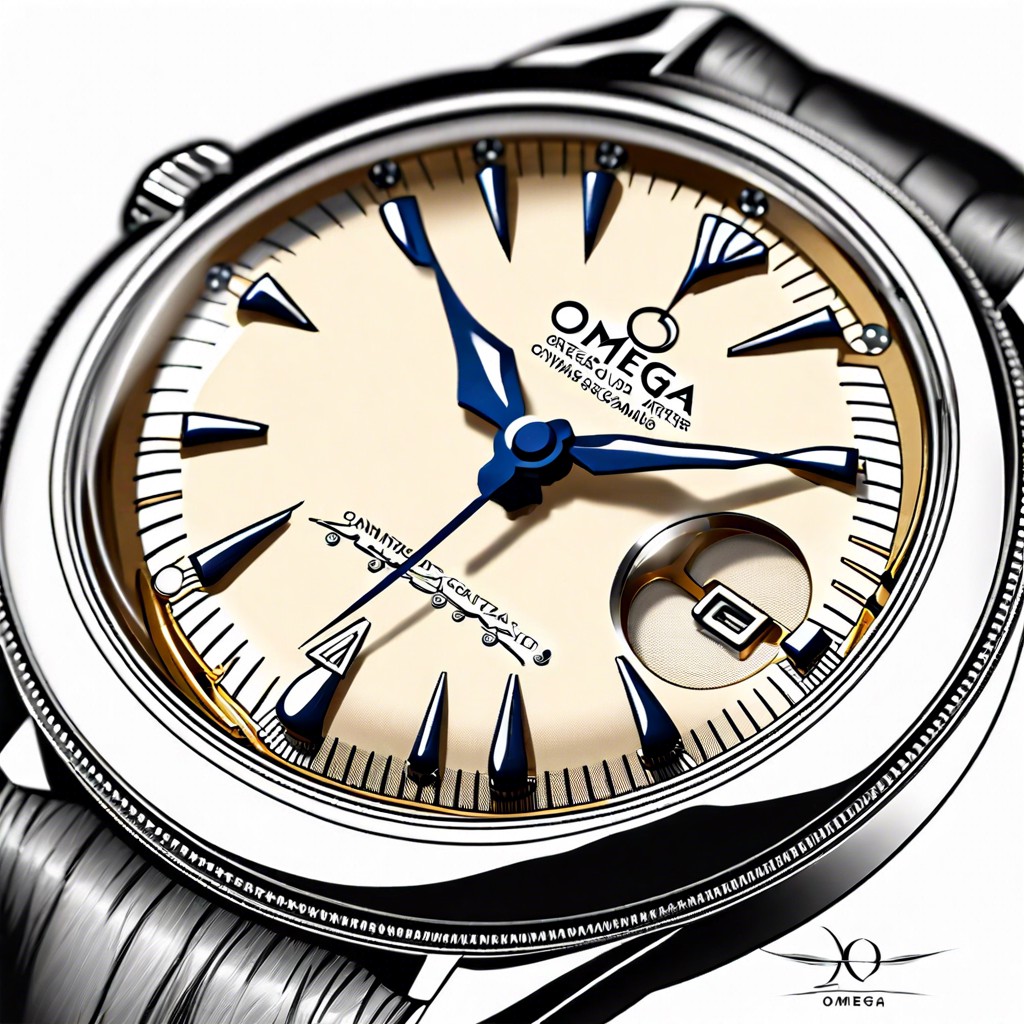Last updated on
Learn how to identify and invest in American vintage pieces with this practical buying guide.
Key takeaways:
- American vintage spans from the 1920s to the 1970s, reflecting various styles and eras.
- Major categories include furniture, fashion, and automobiles, each with its own historical significance.
- Cultural movements have influenced American vintage styles, such as art deco, mid-century modern, and bohemian.
- American vintage pieces have investment potential based on rarity, condition, and provenance.
- Popular cities for vintage markets include Los Angeles, New York City, Portland, and Austin.
Defining American Vintage: Key Characteristics and Time Periods
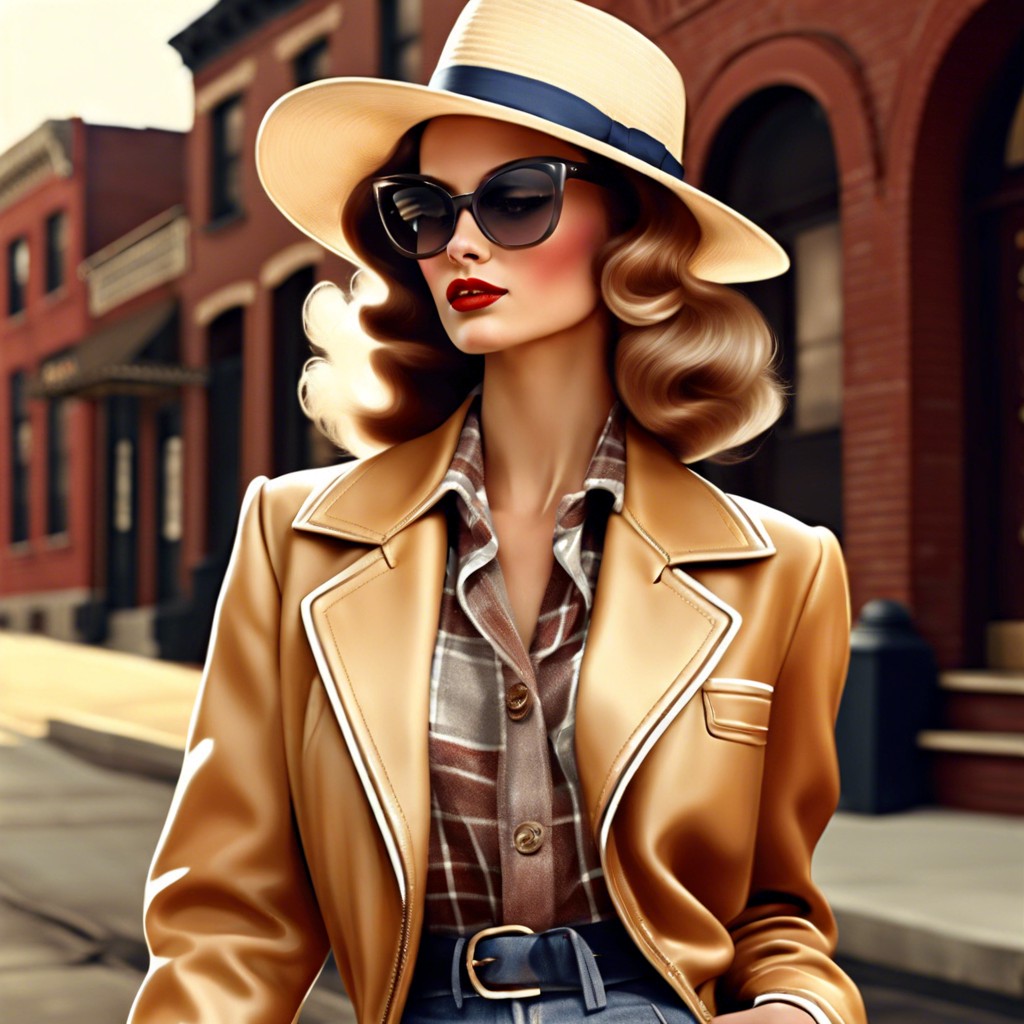
American vintage spans various styles and eras, each reflecting the culture and aesthetics of its time. Typically, the term pertains to items from the 20th century, particularly those between the 1920s and the 1970s. This period witnessed remarkable changes from Art Deco elegance to mid-century modern simplicity and the vibrant disco vibe of the 1970s.
Classic American vintage features durability and craftsmanship. Often, these items were made to last, using solid materials and robust techniques. Additionally, the designs echoed the societal mood, from post-war optimism to the expressive freedom movements.
Key periods include the glossy 1920s, characterized by opulent, decorative details, the functional and streamlined 1940s and 1950s, and the bold, colorful expressions of the 1960s and 1970s. Each era’s distinctive characteristics offer a glimpse into the past, while continuing to influence contemporary trends.
Major American Vintage Categories: Furniture, Fashion, and Automobiles
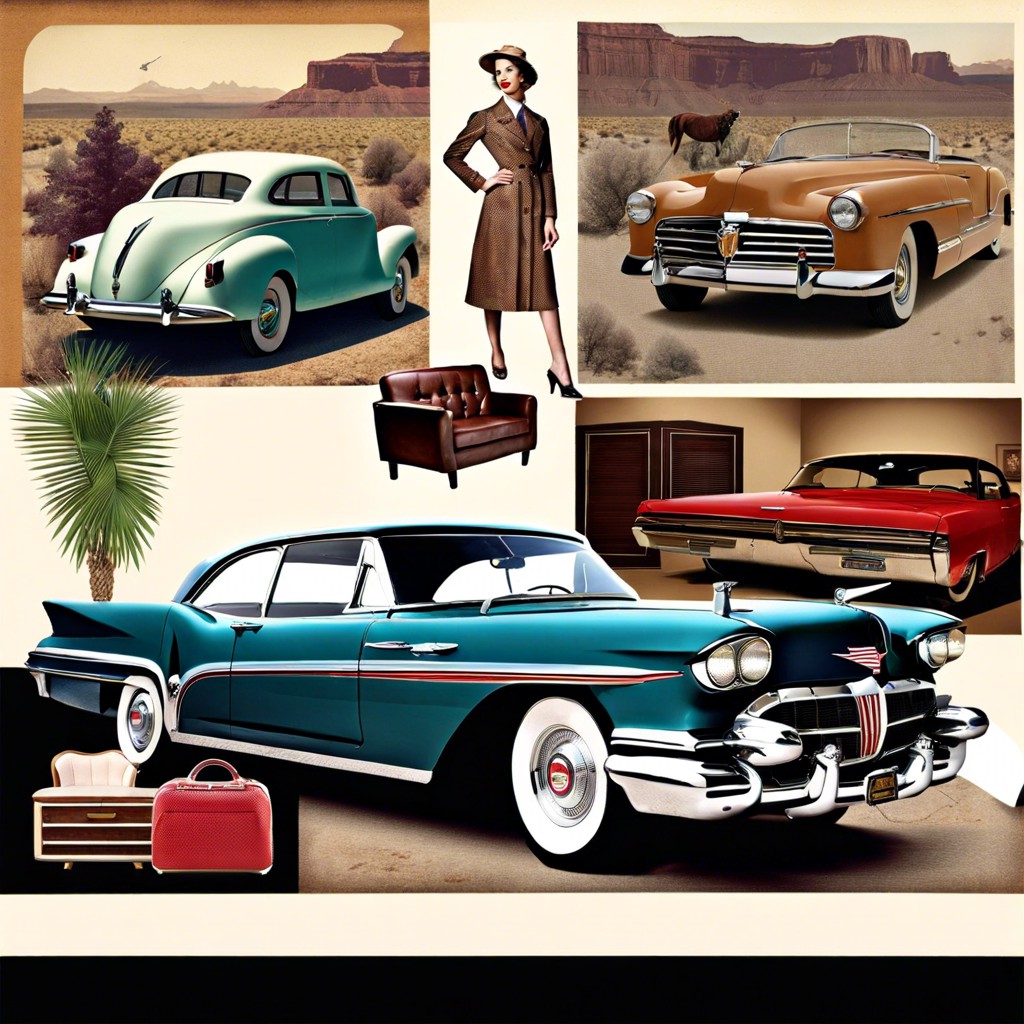
American vintage spans across various categories, each showcasing a distinct flair and historical significance. Here’s a brief exploration into three major sectors: furniture, fashion, and automobiles.
Furniture from this era often reflects the craftsmanship and material richness of its time. Think of sturdy oak dining sets from the early 1900s or sleek mid-century modern chairs that continue to appeal due to their functionality and style. Collectors and homeowners prize these pieces for their ability to add character and a sense of history to any room.
Fashion in the vintage American scene revisits the elegance and bold expressions of past decades. From the flapper dresses of the 1920s to the iconic leather jackets of the 1950s, each garment encapsulates the mood and spirit of its period. Today, enthusiasts mix and match these with contemporary pieces to create eclectic, timeless looks.
Automobiles, meanwhile, hold a special place in American hearts and garages. Classic models like the Ford Mustang and Chevrolet Bel Air not only symbolize technological innovation but also represent the freedom and optimism of their respective ages. Restoring these vehicles often becomes a passionate hobby, with every polished chrome detail reflecting a story from yesteryears.
Collectively, these categories offer a window into America’s rich cultural and historical tapestry, appealing widely to collectors, historians, and anyone with an appreciation for the past.
The Influence of Cultural Movements On American Vintage Styles
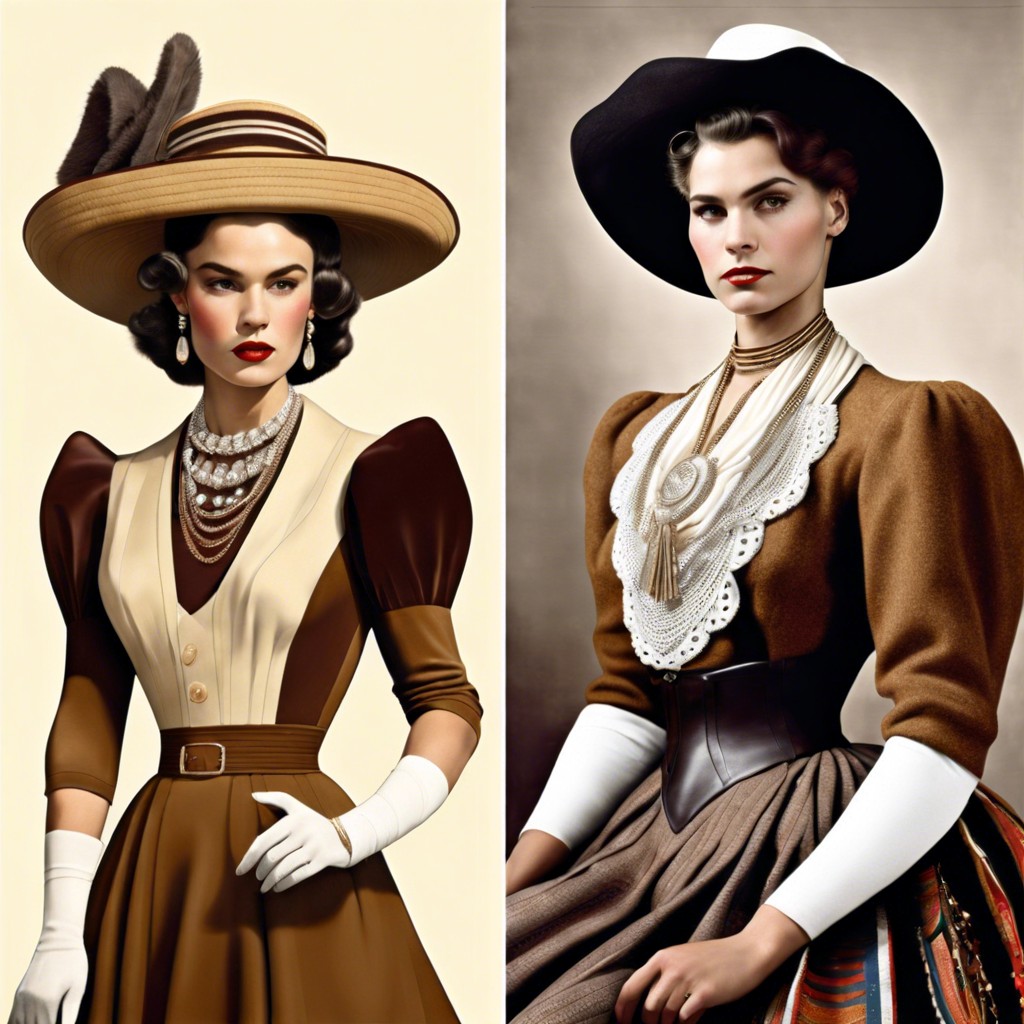
Cultural movements have left a significant imprint on American vintage styles, shaping the aesthetics and functionalities of various items.
The Roaring Twenties, for example, introduced art deco elements into furniture and architecture, characterized by geometric shapes and sleek lines. This period’s influence is evident in streamlined vintage vanity tables and mirrored consoles.
Post-World War II optimism birthed the Mid-Century Modern movement, permeating into both home decor and fashion. Furniture from this era often features minimalist designs with organic shapes and mixed materials, while clothing boasts bold patterns and relaxed fits.
The counterculture of the 1960s and 1970s brought forth Bohemian and psychedelic styles, reflected in colorful, eclectic fashion and similarly vibrant home decorations. These items capture the spirit of freedom and rebellion, incorporating unconventional patterns and materials.
Each cultural wave added layers to what is now celebrated as American vintage, offering collectors and enthusiasts diverse narratives captured in tangible forms.
Investment Potential of American Vintage Pieces

Vintage pieces from America often soar in value, making them attractive to investors seeking tangible assets. Their appreciation is driven by rarity, condition, and provenance, which can significantly enhance an item’s market worth.
- Rarity: Limited edition items or those from definitive periods, like mid-century modern furniture or classic cars, typically fetch higher prices.
- Condition: Well-preserved pieces command top dollar. Items in original or near-original condition are most desirable.
- Provenance: The item’s history can add to its value—pieces with a notable backstory or previously owned by famous individuals are especially sought after.
Researching and understanding market trends is crucial. Investors should track auction houses and delve into niche collector communities to stay informed about the most desirable items and categories.
Popular American Cities Known for Vintage Markets
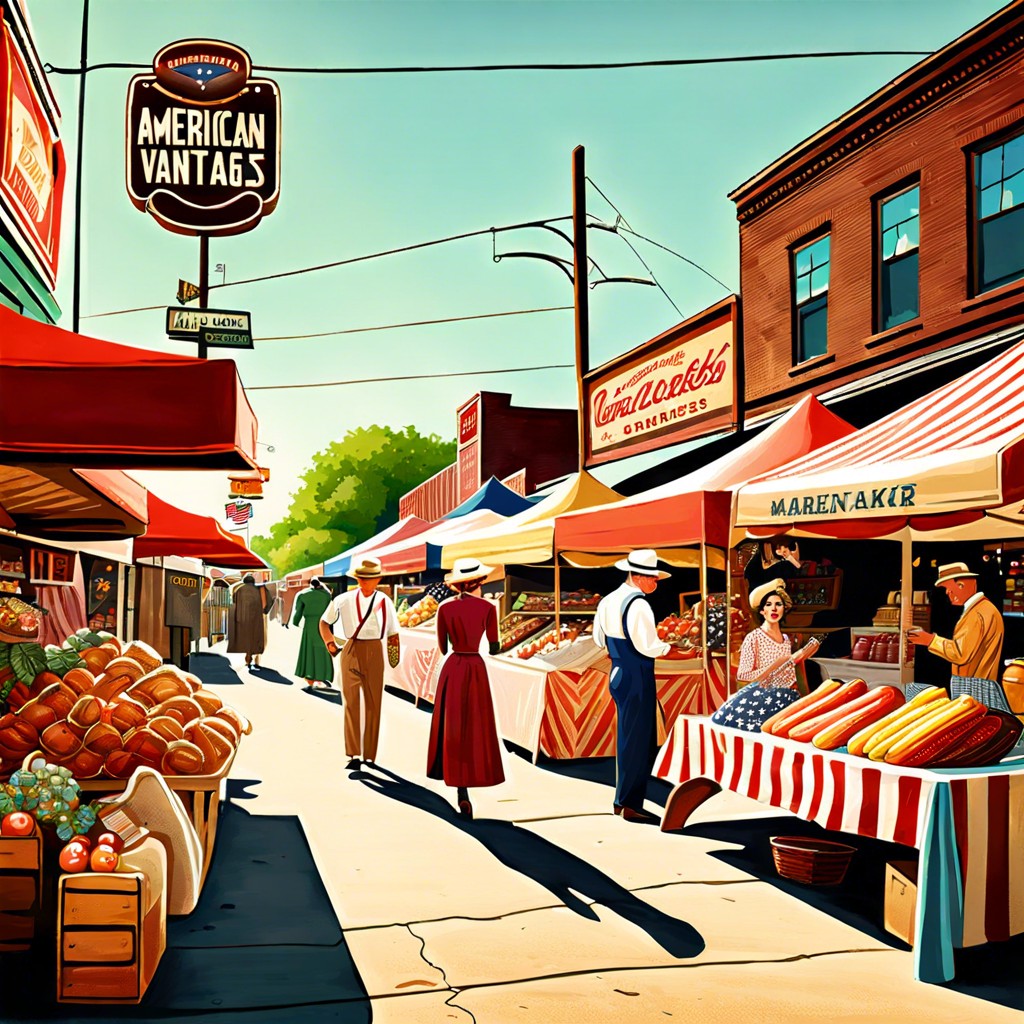
Los Angeles stands out for its extensive range of vintage clothing shops and flea markets. Melrose Trading Post and the Rose Bowl Flea Market are treasure troves for those hunting iconic, retro fashion and rare home décor.
New York City hosts a diverse vintage scene, combining luxury vintage fashion with eclectic antique furniture stores. The Brooklyn Flea and Manhattan Vintage Clothing Show are must-visits for enthusiasts and collectors alike.
Portland, Oregon, is known for its sustainable living philosophy, which extends into its robust vintage marketplace. The city’s Hawthorne District and the Portland Flea are perfect spots to find sustainably sourced vintage goods ranging from bespoke clothing to restored furniture.
Austin, Texas, promotes a vibrant vintage culture, embracing everything from mid-century modern furniture to vintage Texana. South Congress Ave, known locally as SoCo, provides a colorful array of vintage shops that reflect the city’s unique historic and artistic vibe.

